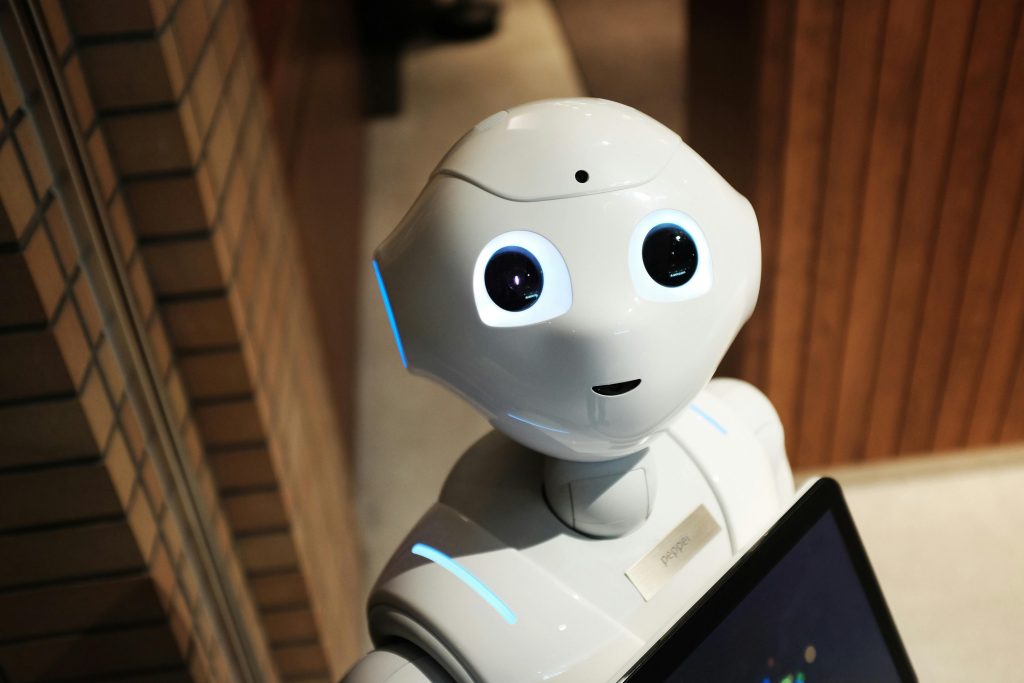
Have you ever wondered why, despite their incredible capabilities, robots can’t simply click the “I’m Not a Robot” box on websites? It’s a question that has puzzled many, especially those who have encountered this seemingly simple task while navigating the digital world.
The Secret Behind the Box
The “I’m Not a Robot” box, often accompanied by a puzzle or image, is a security measure known as CAPTCHA (Completely Automated Public Turing test to tell Computers and Humans Apart). Its primary purpose is to differentiate between human users and malicious bots that attempt to spam, scrape data, or engage in other harmful activities.
How Does CAPTCHA Work?
While the exact mechanics of CAPTCHA vary, the underlying principle remains consistent. It leverages tasks that humans can perform with relative ease but are challenging for robots to replicate. These tasks often involve:
Image Recognition: Identifying objects or patterns within images.
Text Verification: Transcribing distorted or noisy text.
Mouse Movement Patterns: Analyzing the way a user moves their mouse cursor.By analyzing these factors, CAPTCHA systems can assess whether the interaction is likely to be human or machine-generated.
Why Robots Struggle?
Lack of Human Intuition: Robots, while proficient at many tasks, lack the innate human ability to interpret context, understand nuances, and make subjective judgments. This makes it difficult for them to accurately complete CAPTCHA challenges.
Predictable Patterns: Robots often exhibit predictable patterns in their actions. Their movements and responses can be easily detected and flagged as suspicious by CAPTCHA systems.
Constant Evolution: CAPTCHA systems are constantly evolving to stay ahead of sophisticated bots. As robots become more advanced, developers create new and more complex challenges to thwart their attempts.
The Future of CAPTCHA
While CAPTCHA has been effective in preventing many bot attacks, it’s not without its drawbacks. Some users find CAPTCHA challenges to be frustrating and time-consuming. As a result, researchers are exploring alternative methods to differentiate between humans and bots, such as behavioral analytics, risk scoring, and even invisible CAPTCHA systems that don’t require explicit user interaction.
Conclusion
In conclusion, the “I’m Not a Robot” box serves as a crucial line of defense against malicious bots. By understanding the underlying principles and challenges faced by robots, we can appreciate the ingenuity behind this security measure and its role in safeguarding the digital world.

